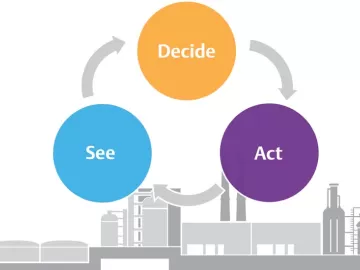Managing Pressure Regulator Artificial Demand, Part 1
Pressure regulators are everywhere compressed air is used. These simple devices, essential for safe and steady equipment operation, can be a big waster of compressed air. This article shows how with proper regulator selection, installation and setting management you can save compressed air and lower system pressures. This article looks at regulators on production equipment not central regulators or Process Flow Controllers.




